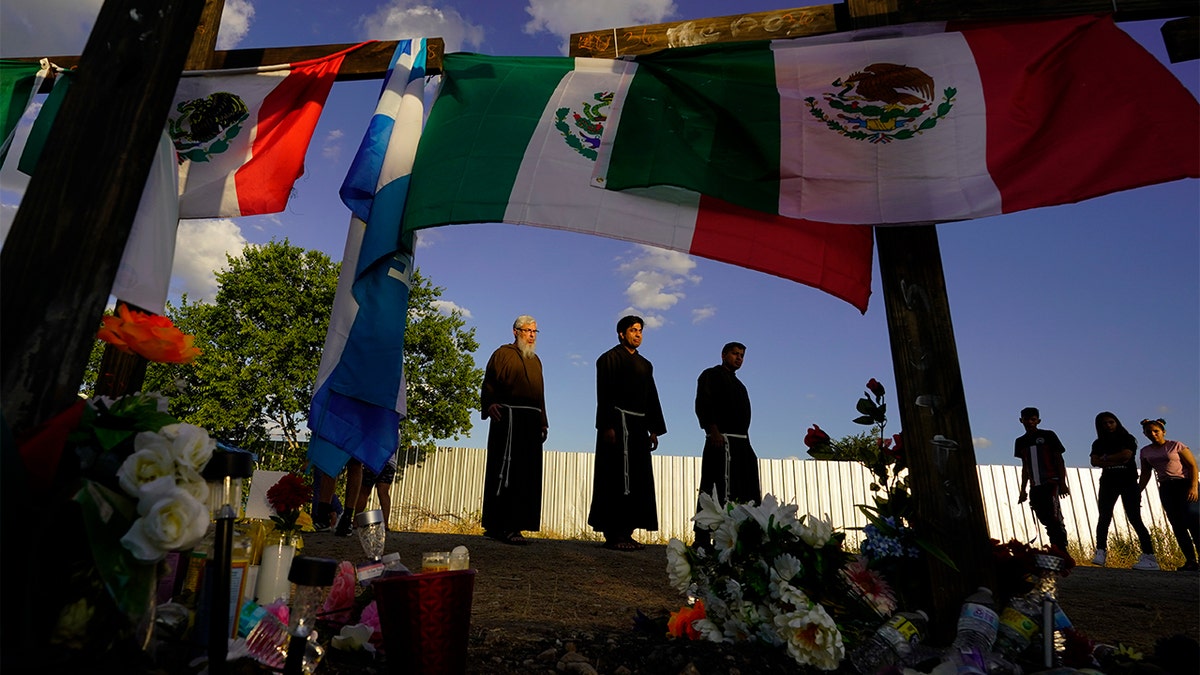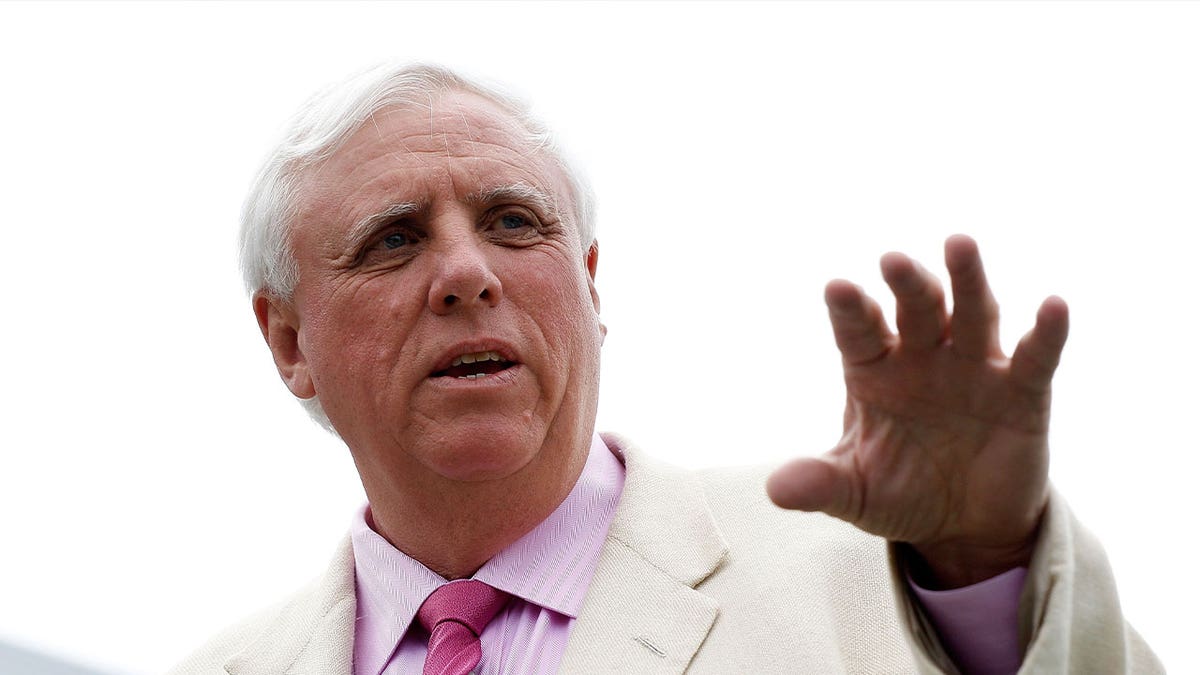A groundbreaking discovery has rocked the paleontology world: a 115-million-year-old bone bed teeming with dinosaur fossils has been unearthed at Dinosaur Park in Laurel, Maryland. This remarkable find, which includes the largest theropod fossil ever discovered in eastern North America, has significantly elevated the park's scientific importance.
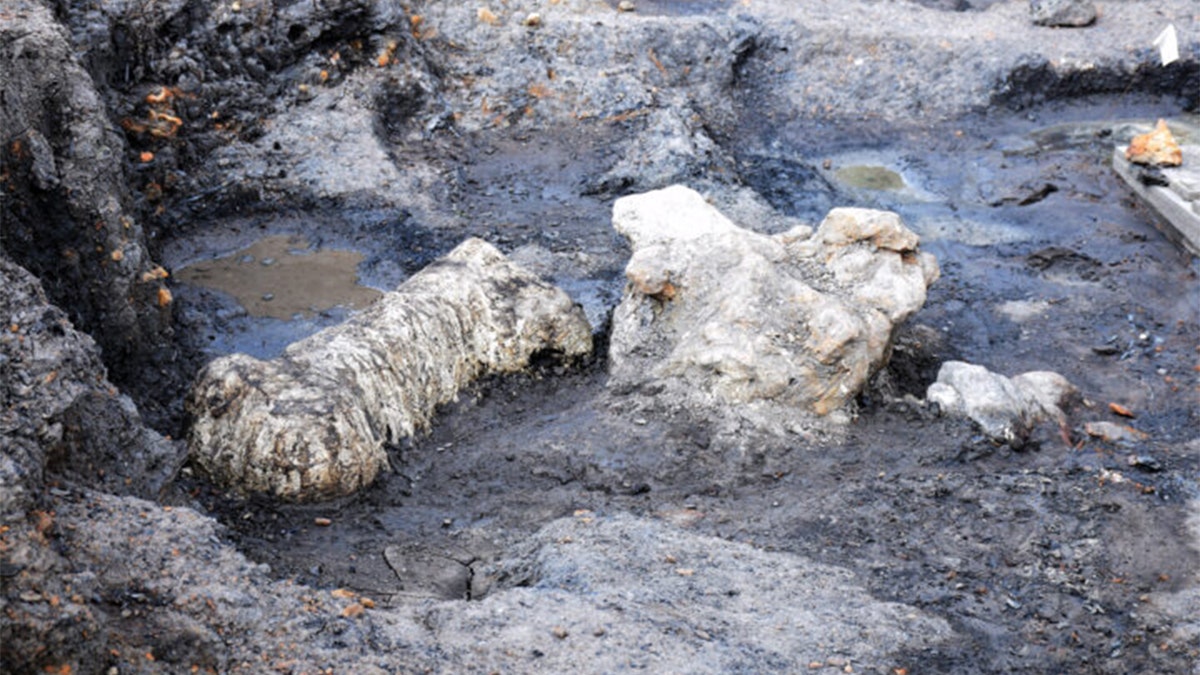
The initial discovery, a 3-foot shinbone belonging to a theropod (a group of carnivorous dinosaurs that includes the T-Rex), was made by JP Hodnett, the park's paleontologist. Experts believe the bone likely belonged to an Acrocanthosaurus, a massive predator reaching lengths of 38 feet. This theory is supported by previous discoveries of Acrocanthosaurus teeth at the park.
This bone bed is the first discovered in Maryland since 1887, marking a momentous occasion for paleontologists. Bone beds offer invaluable insights into ancient ecosystems and the creatures that inhabited them. As JP Hodnett explained, such discoveries provide a wealth of information that's rarely accessible from individual specimens.
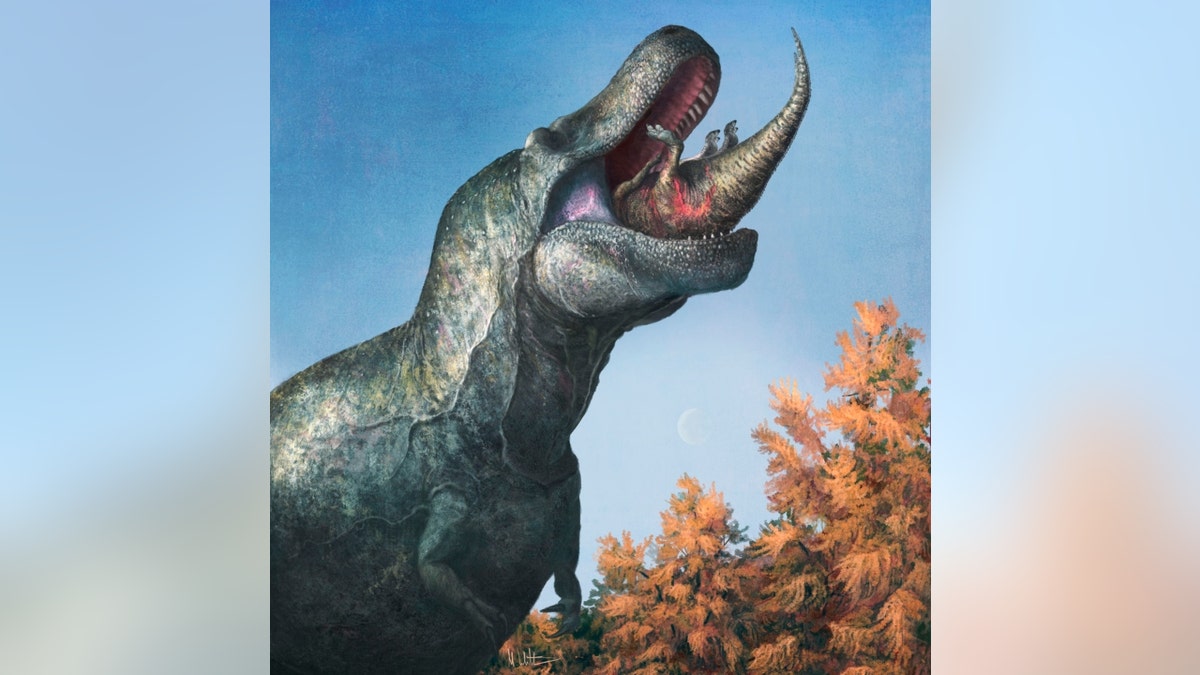
The significance of this find is amplified by its location. Dinosaur fossils are uncommon in the eastern U.S., making this bone bed a treasure trove of information about the Early Cretaceous period in this region. Matthew Carrano, a Smithsonian paleontologist, hailed it as the most significant collection of dinosaur bones found on the eastern seaboard in a century.
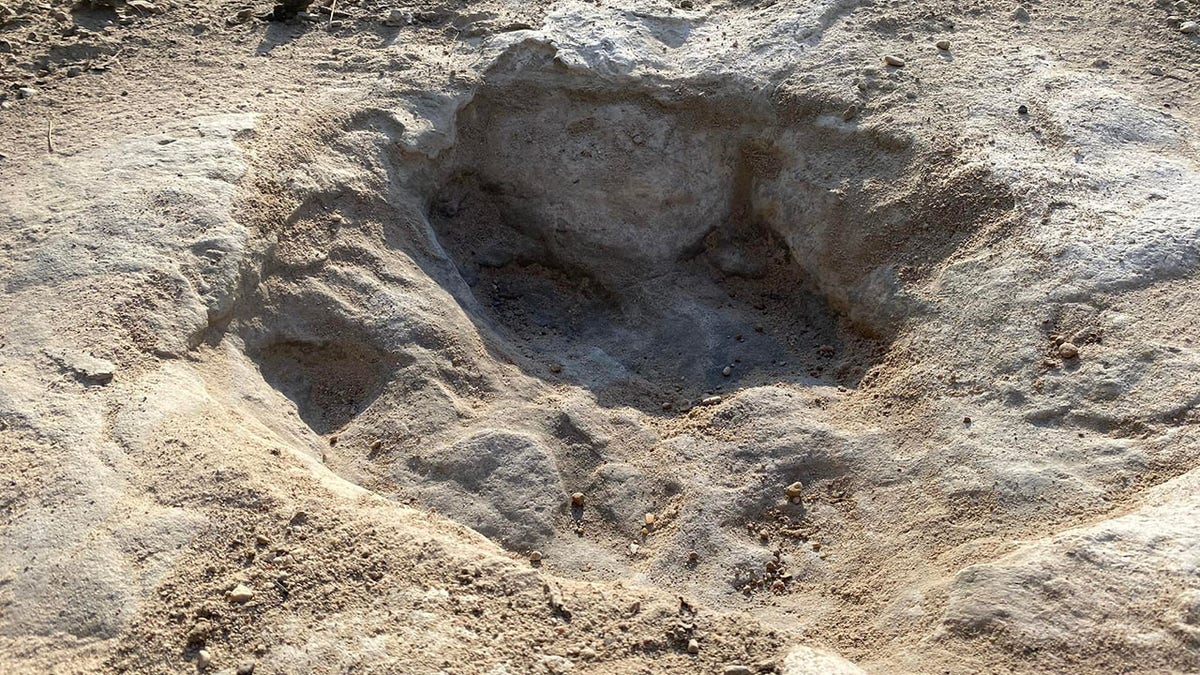
University of Maryland paleontologist Thomas Holtz emphasized the site's importance, calling it the most crucial dig site east of the Mississippi. He noted that the park offers a unique window into a pivotal period in Earth's history, revealing details about the flora and fauna that existed at the time.
Since 2018, the area has yielded other fascinating finds, including fossils of a small tyrannosaur (an early T-Rex relative), a chicken-sized theropod, a crocodile tooth, and a mysterious 4-foot limb bone encased in ironstone.


